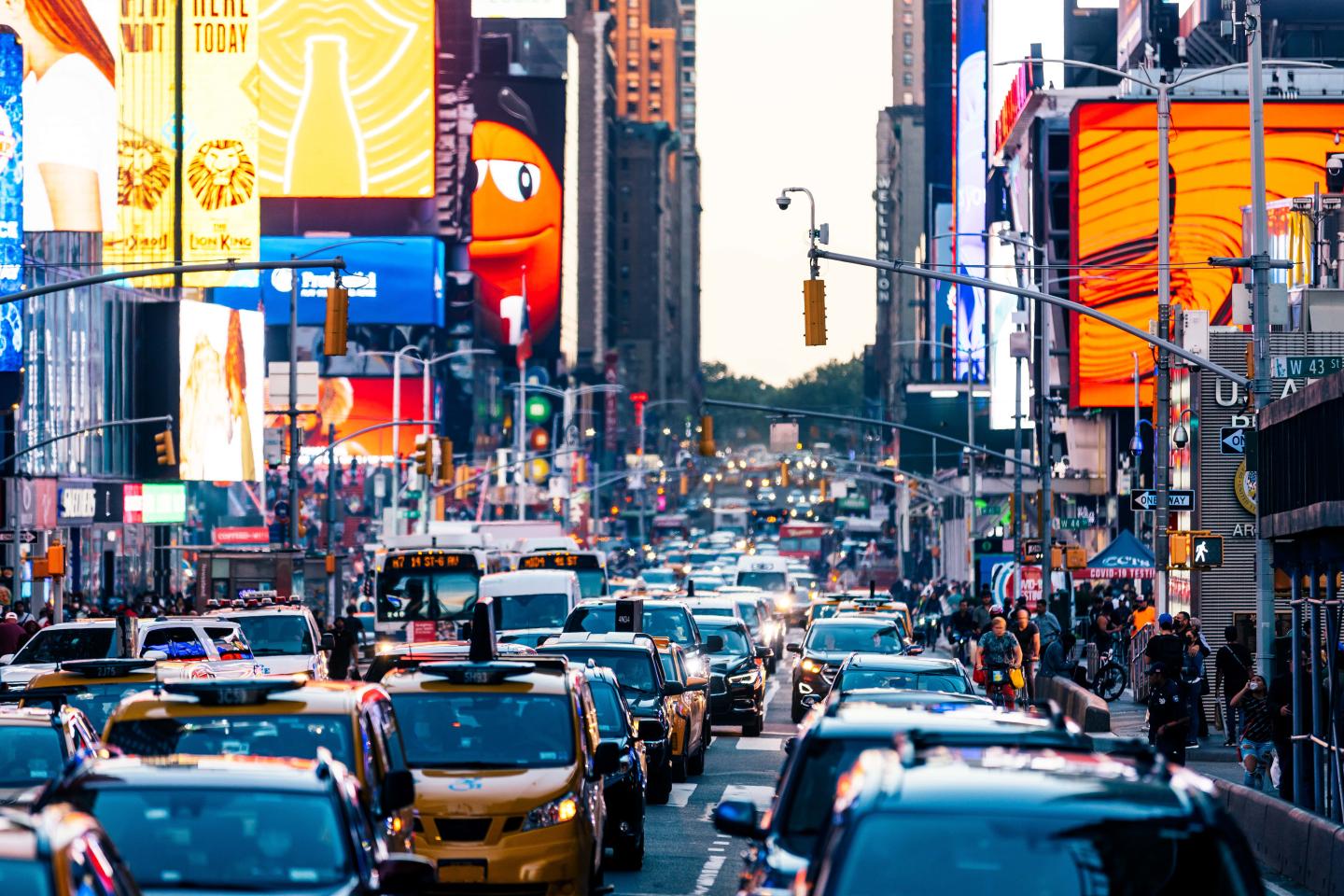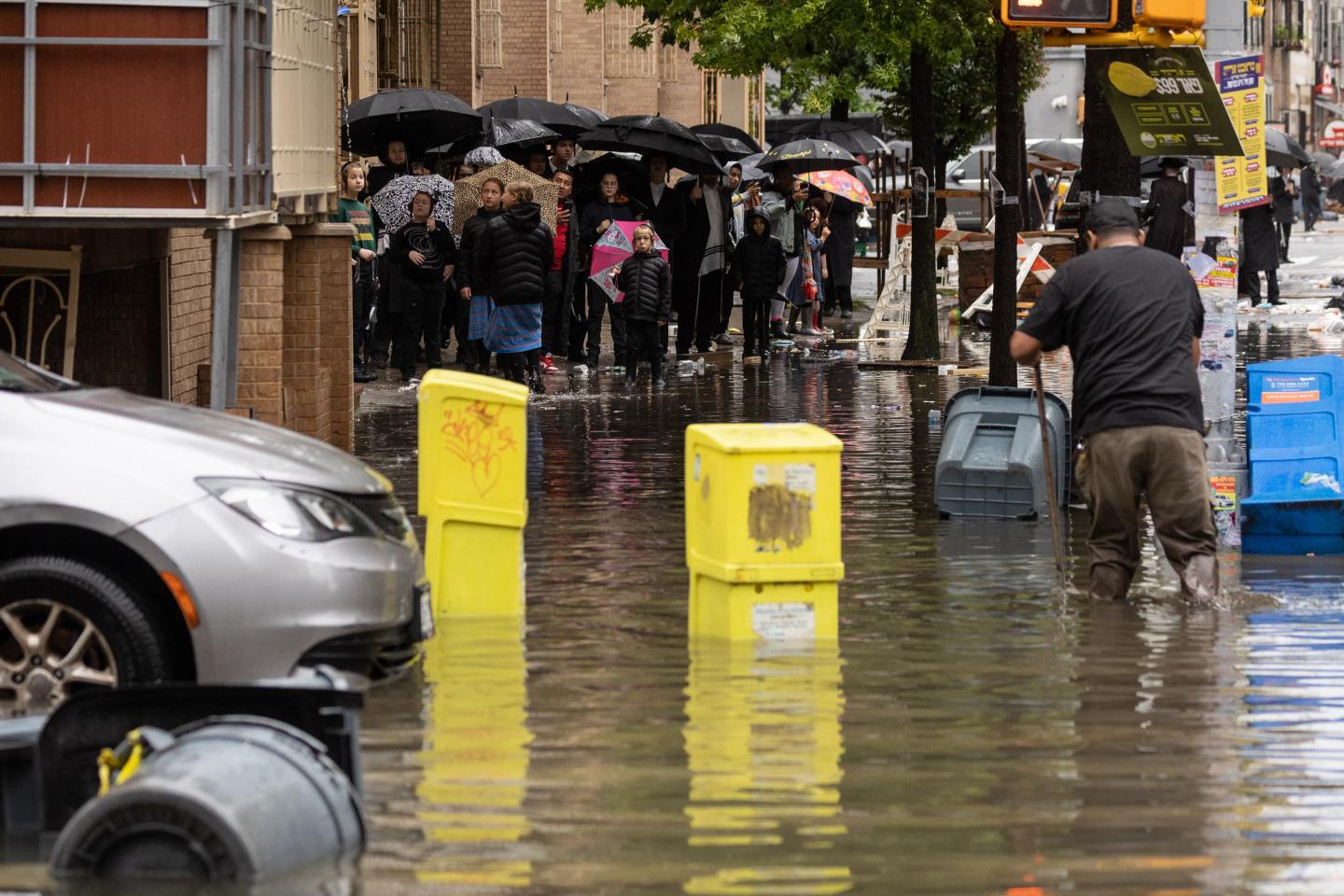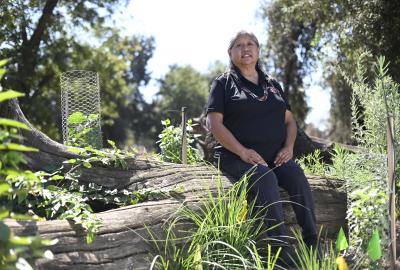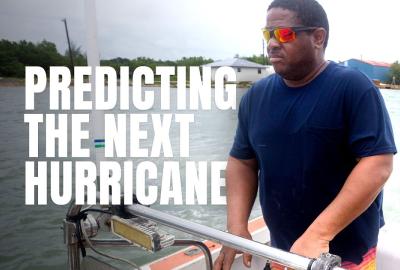New York City moves closer to nation’s first congestion pricing plan to reduce traffic, pollution
Editor's note: In a sudden reversal, New York Governor Kathy Hochul announced she would indefinitely pause congestion pricing. The move blocks "billions for desperately needed subway repairs and cleaner air for our kids with asthma," said EDF President Fred Krupp.
A plan to put a price tag on driving into New York City's traffic-clogged center is one step closer to reality, after a vote by transit officials last month. The city’s congestion pricing plan, known as the Central Business District Tolling Program, will be the first of its kind in the nation. It is expected to become operational by June.

The program is expected to reduce traffic in Manhattan’s central business district by 17%, while generating enough revenue to fund $15 billion in much-needed improvements for buses and subways. By reducing the number of vehicles and time spent idling in traffic, the plan will also cut air and climate pollution across the metropolitan area.
“This is a huge win for the people and for the future of New York City,” says Mary Barber of Environmental Defense Fund. EDF is part of a broad coalition of environmental, community, business and other advocates who worked for years to bring the plan to fruition. “This is a foundational policy for achieving New York’s climate goals, and for the public transportation system that millions rely on every day.”
More than 3.5 million people ride the city’s subways and buses each day, and the vast majority of commuters to the congestion zone — about 75% — use public transit as opposed to private vehicles. Yet the streets of Manhattan are the most congested in the United States, according to TomTom Traffic Index, which tracks traffic congestion worldwide. More than 900,000 vehicles enter Manhattan’s 8.6 square mile central business district every weekday.
With all this traffic comes harmful tailpipe pollution, in the form of soot, nitrous oxides and carbon monoxide, which are linked to asthma, heart disease and cancer. Transportation is also the biggest source of climate pollution in the U.S. By charging vehicles a fee to enter crowded zones, congestion pricing reduces traffic and the pollution that comes with it. A federal study of New York’s plan, examining several different tolling scenarios, projected a decline of 13% for soot in the congestion zone.

Similar programs have proved successful in other cities. In Stockholm, Sweden, which launched its plan in 2007, traffic dropped 22% even as the city’s population increased, and the number of children going to the hospital with asthma dropped nearly 50%. Congestion in central London dropped 30% after the city instituted a Congestion Charging Zone in 2003; the city’s pollution-focused Ultra Low Emissions Zone program, launched in 2019, has reduced tailpipe emissions of harmful nitrogen oxides across the city by 23%, and avoided 800,000 tons of carbon dioxide emissions as well, according to a 2023 report from the city.
In New York’s proposed plan, passenger vehicles will be charged a once daily fee of $15 to enter the southern half of Manhattan (below 60th Street). Trucks will be charged $24-$36, depending on size. Taxis and for-hire cars will be tolled, $1.25 and $2.50, respectively, but only once, daily. Fees will be discounted for travel between 9 p.m. and 5 a.m. and for frequent low-income drivers. After a series of public hearings in the coming months, the Metropolitan Transit Authority could make some revisions.
The agency will use fees from the program to fund much-needed transit fixes, such as signal upgrades, accessibility improvements, and projects to make the system more resilient to threats from extreme weather and sea-level rise.

“For the single mom pushing a stroller, this is for you. For the grocery store worker stocking shelves at 4 a.m., this is for you,” said Danna Davis of Rider’s Alliance, a grassroots transit group, at a recent rally in support of the plan.
Funds will also be used to open a new asthma treatment center and install air filtration units at schools in the Bronx, an area where multiple highways converge and childhood asthma rates are consistently high. The agency has also committed to speeding up the electrification of trucks and buses based in these communities.
While New York will be the first U.S. city to launch such a program, others are waiting in the wings. Boston, Los Angeles, San Francisco, Seattle and Portland, Oregon are already considering congestion pricing to reduce traffic, improve transit and reduce pollution.
“No one likes to pay for things, but no one likes traffic either,” writes Adie Tomer of the Brookings Institute, in a post for Bloomberg CityLab. “Chances are the idea will quickly spread to other cities.”


